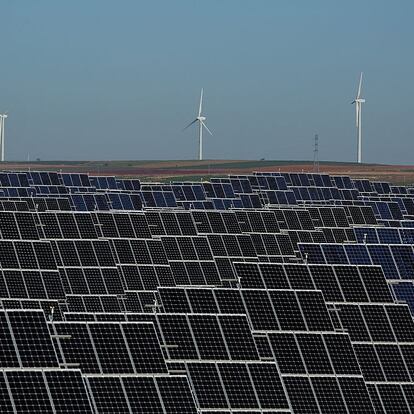
ECONOMÍA Y ENERGÍA RENOVABLE
Frenar la crisis climática subirá la inflación, pero la alternativa es peor y menos previsible
Las medidas contra el cambio climático provocarán una subida de la inflación de un 1,6% adicional cada año durante la próxima década, según un informe de la gestora de fondos Carmignac.
La causa está en los costes de avanzar hacia un modelo de energía renovable y limpia:
- Crecerán los precios de los metales necesarios para la tecnología energética, como el níquel y el zinc.
- Se elevarán los precios del petróleo por la menor inversión en infraestructuras de combustibles fósiles (gasistas y petroleras).
Pero no hacer nada es peor: la alternativa es más cara, menos previsible y más difícil de controlar.
- La crisis climática provoca desastres naturales y cambios en los patrones del clima, lo que lleva a que se interrumpan los suministros y suban los precios de bienes y servicios.
- El Banco Central Europeo calcula que estas inestabilidades económicas podrían subir la inflación entre un 1% y un 3% durante los próximos 10 años.
- Además, el paso a la economía sostenible traerá beneficios a largo plazo: nuevos empleos y energía más barata.
©Foto: Pablo Blázquez Domínguez (Getty Images)
Si quieres saber más, puedes leer aquí.